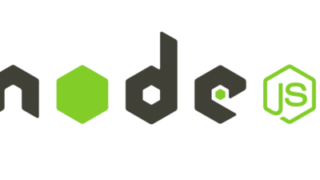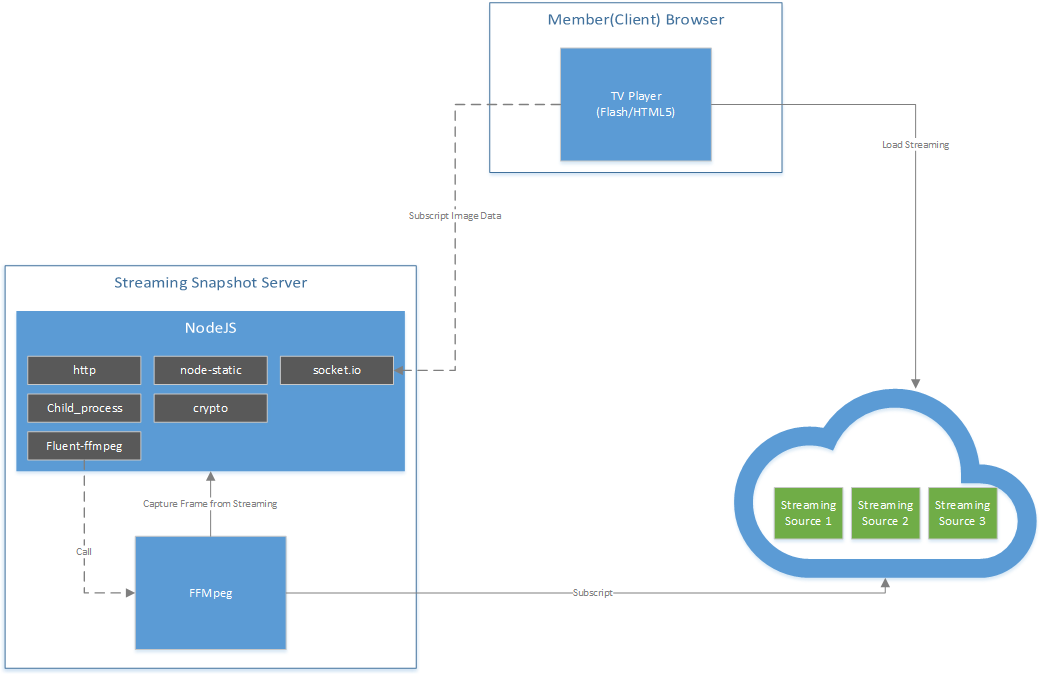

This means, there may be other tags available for this package, such.

CLI programs can be a bit of a pain to run so let’s jump on fluent-ffmpeg which is a more convenient version of the api. ffmpeg-nodejs has more than a single and default latest tag published for the npm package.

The default ffmpeg value for webp images is 75 which I find to be adequate but you can feel free to play around with it as you like.

The binariesĭownloaded from the sources listed at :įor version updates, submit issue or pull request. This will produce a fairly low quality but an amazingly small webp version of our image. zip for Lambda, you will need to exclude the other platforms' builds from your archive. Describe the bug When executing n in NodeJS I get a No such file or directory for a absolute file path: memory mediaserverwasm.js info use. Note that if you are compressing your project into a. compiling a Linux version to upload to AWS Lambda from MacOS), you can use npm install -force (substituting linux-圆4 with whatever platform you need). If you need to install a version of ffmpeg that differs than your current platform (e.g. replace ( 'app.asar', '' ) Compiling ffmpeg for platforms other than your own The path we're looking for ffmpeg in is the location in which our Lambda Layer will put it, and we'll take a deeper look at that when actually do the deployment of the function.Const ffmpegPath = require ( ). This function does little more than take in a set of arguments and run the ffmpeg command with them, returning the stdout and stderr from the process. Import * as childProcess from "child_process" Ĭonst execFile = util.promisify(childProcess.execFile) Ĭonst = await execFile("/opt/bin/ffmpeg", params) The child_process module that comes with the Node framework allows us to do just that. Run FFmpeg with the special wrapper on the NodeJS server. The easiest way for us to gain access to all that FFmpeg has to offer is to simply invoke it as we would from the command line, but from within our Node.js function. We'll create the wrapper function in a TypeScript module in the worker's root directory. We'll look at how this gets deployed with our worker function later. Copy the packageĬopy the package to a subfolder in our service's directory. tar.xz files and can also be used to create. If you're using Windows, WinRAR is a good option for extracting from.


 0 kommentar(er)
0 kommentar(er)
